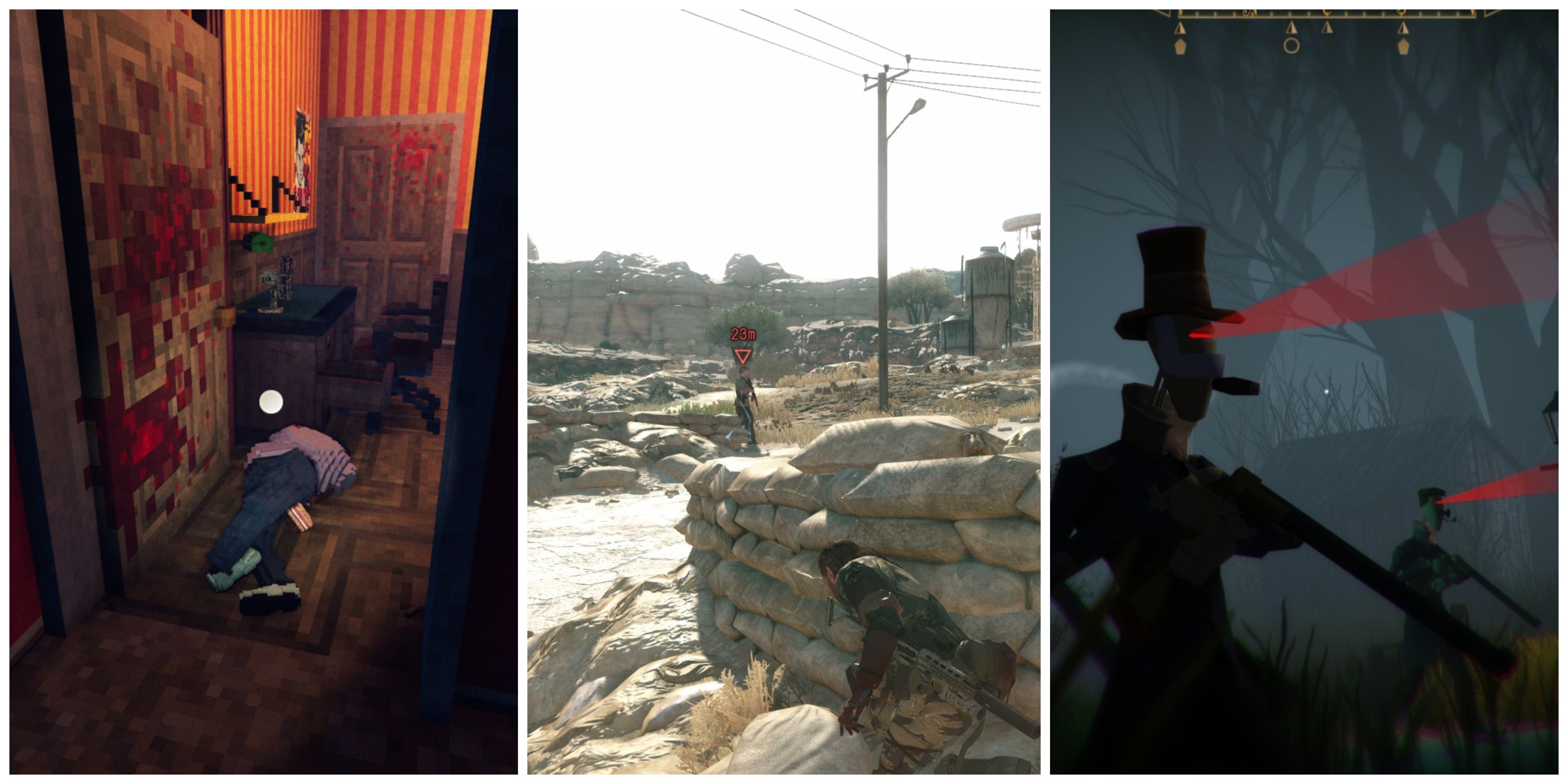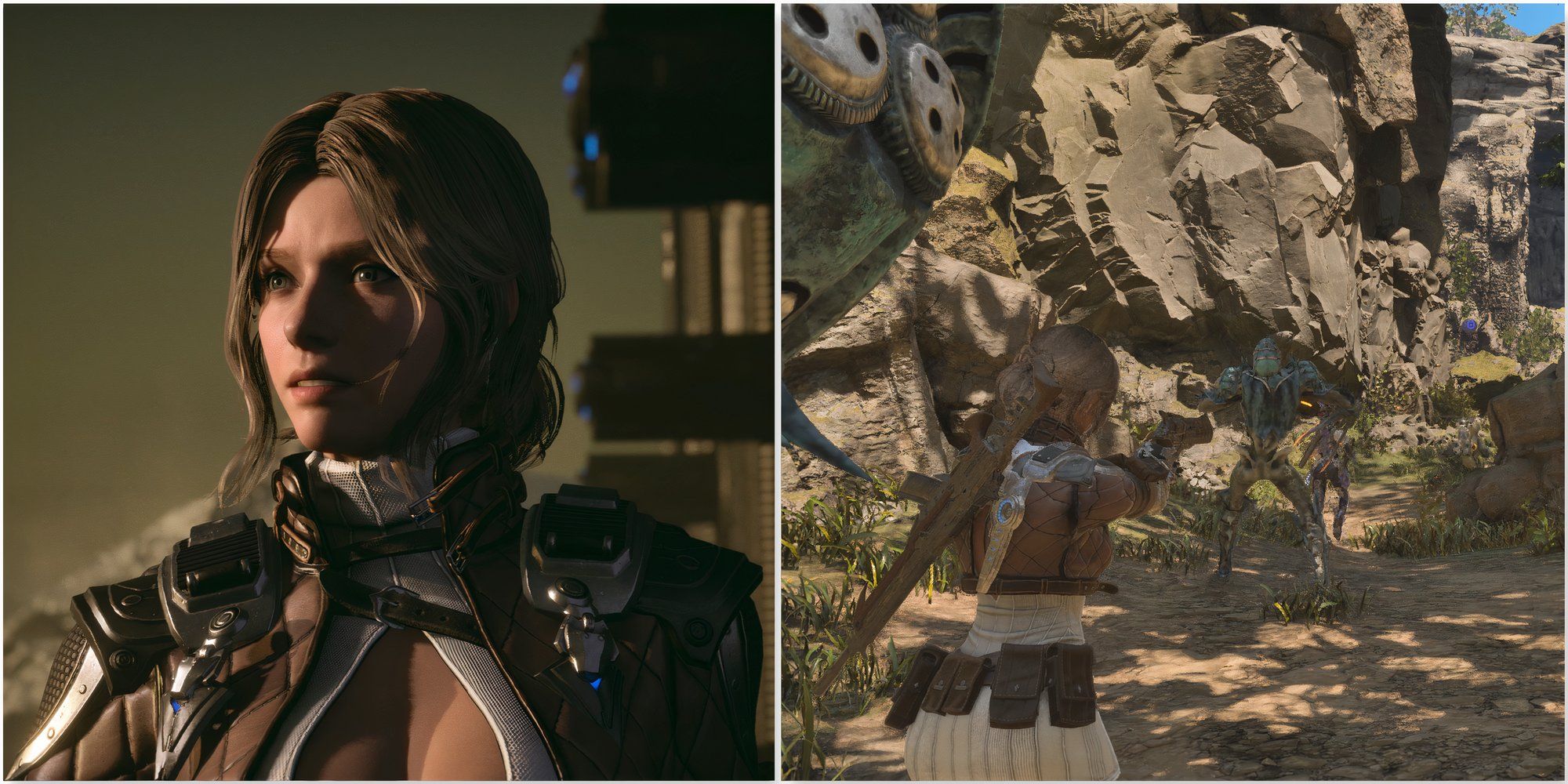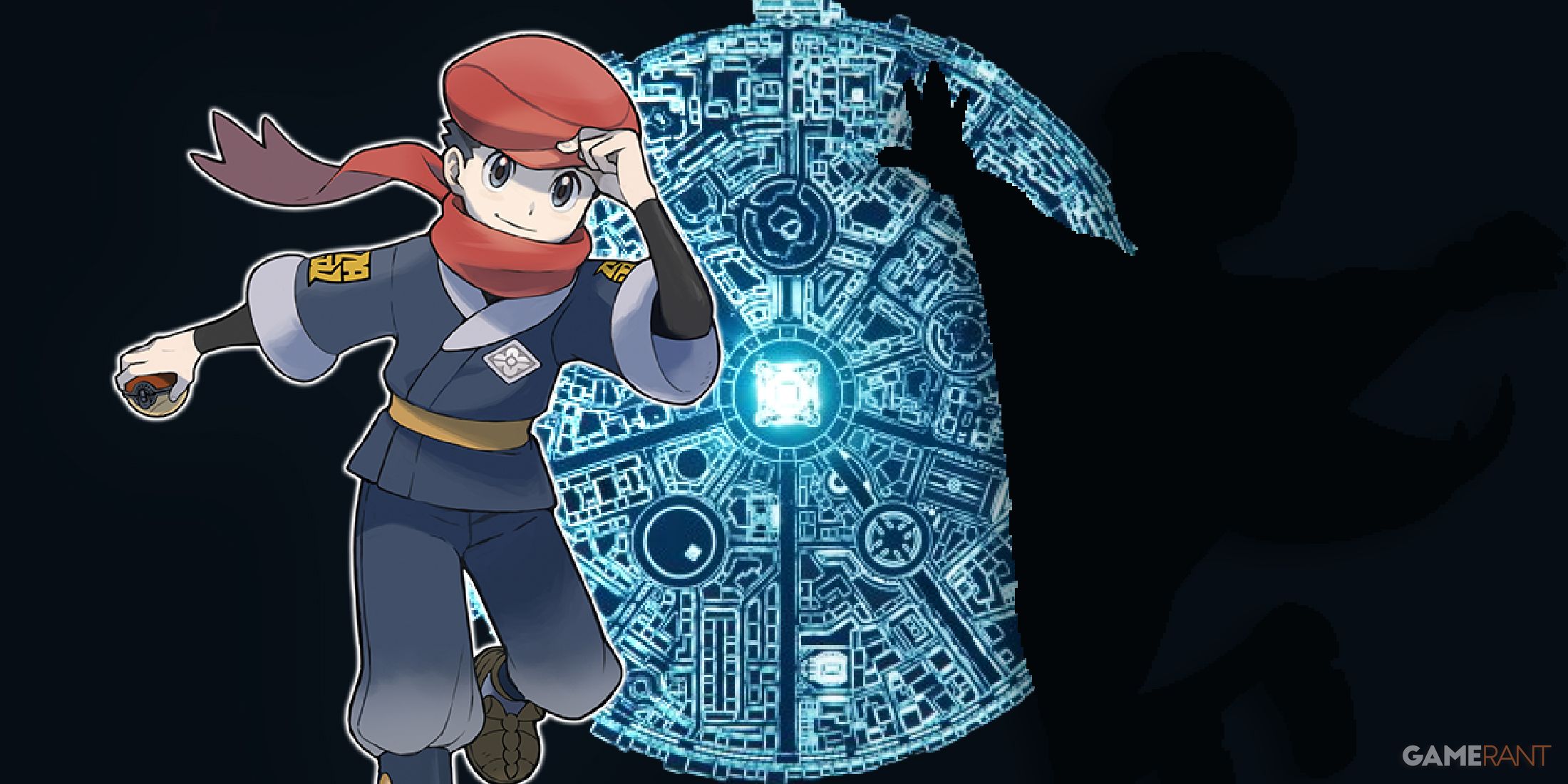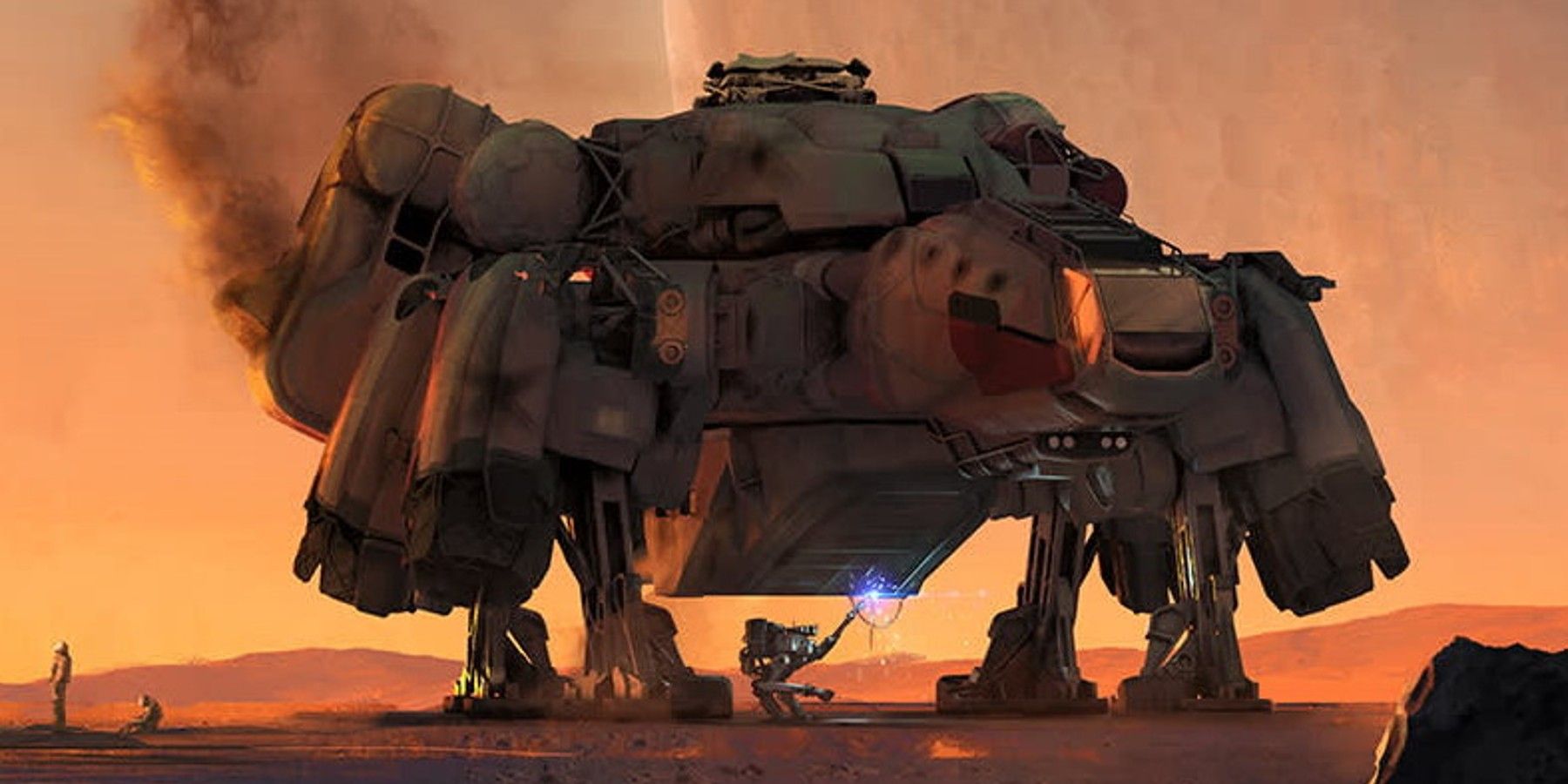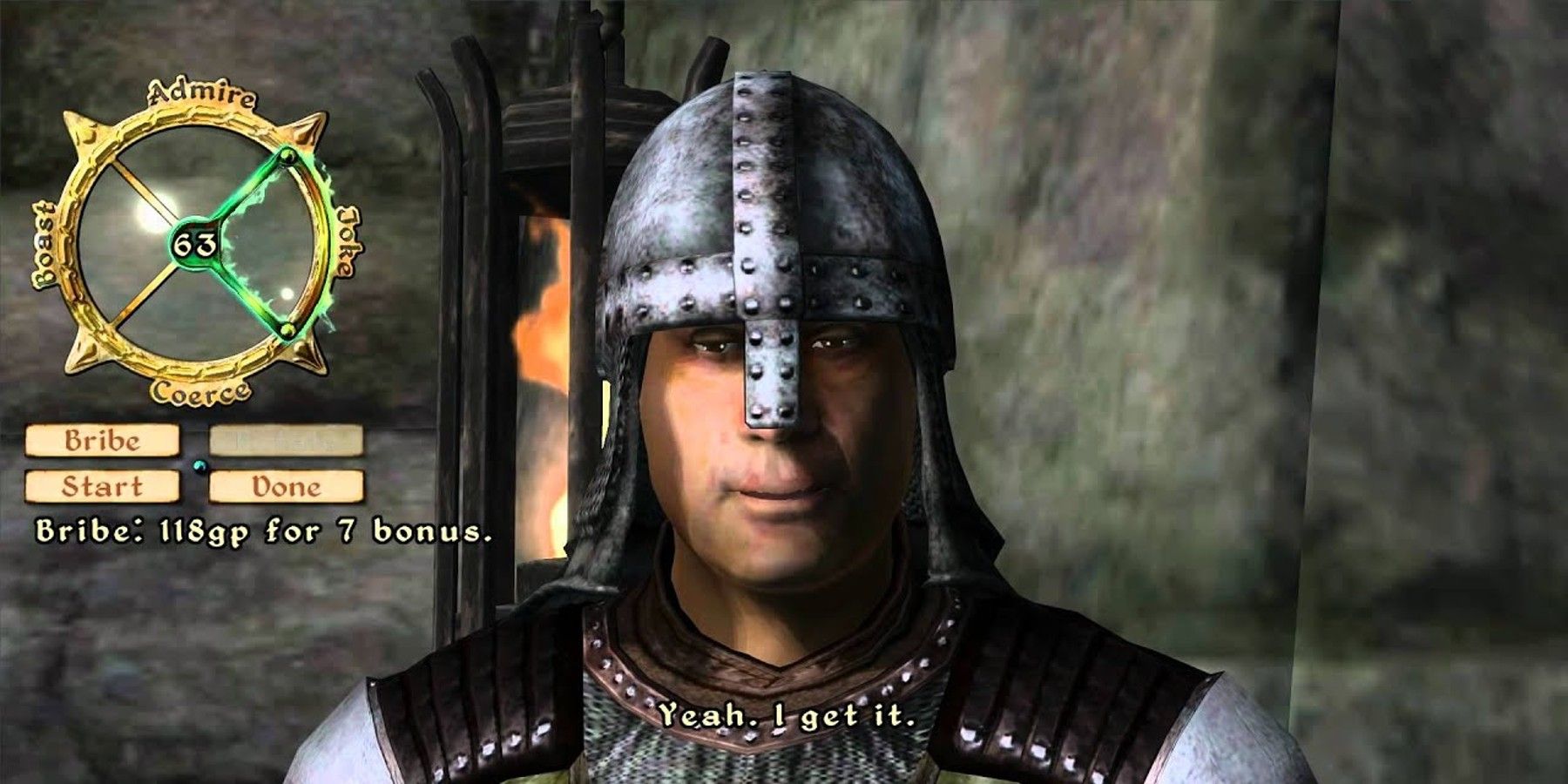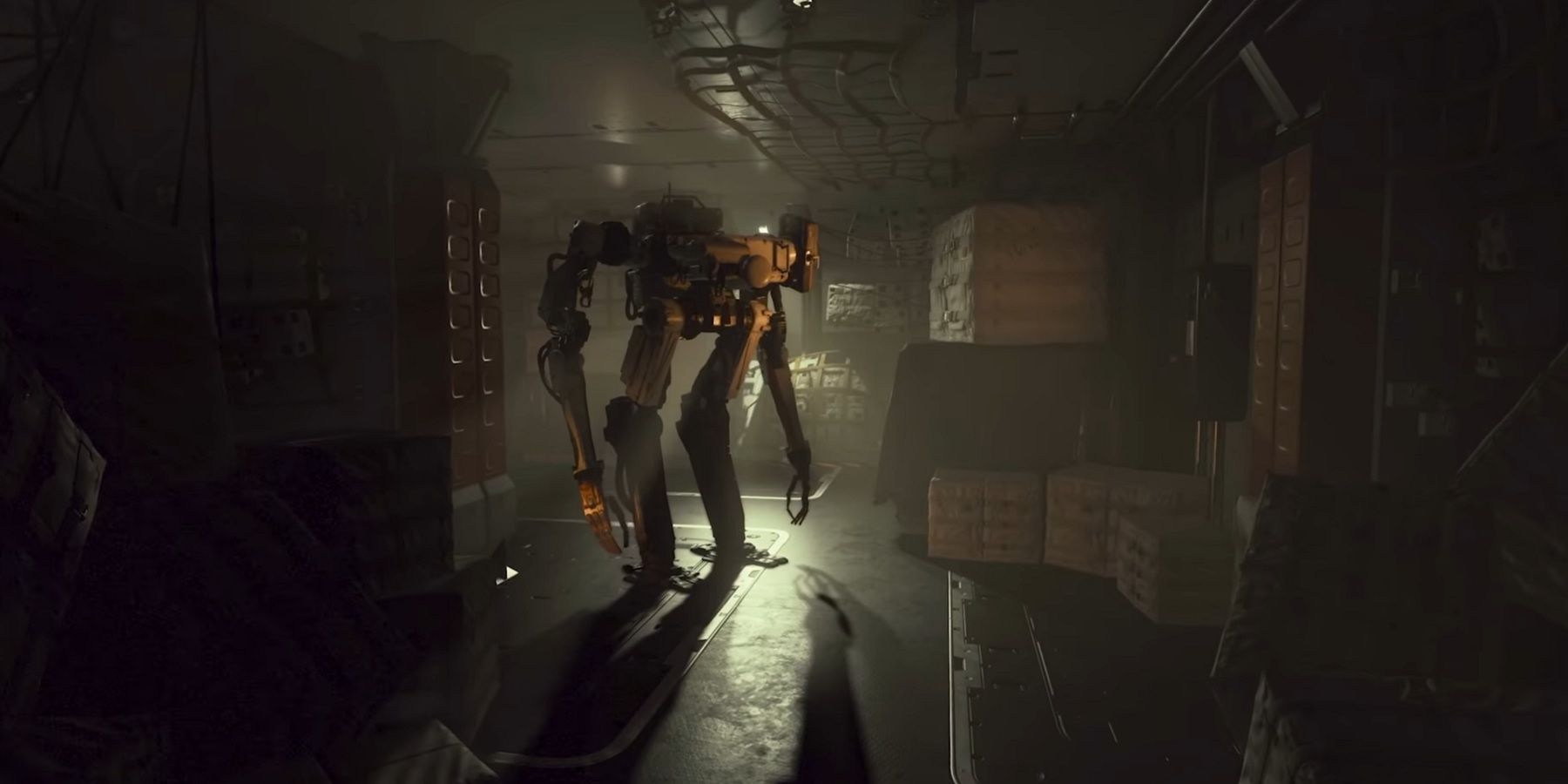As the focus ramps up on Bethesda's upcoming action RPG Starfield ahead of its launch later this year, the developer is releasing more and more details around the game. With discussions about the new title's storyline, focus on exploration, and NASA-punk aesthetic, Starfield is slowly starting to take shape. While a lot of the game still remains shrouded in mystery, players will no doubt learn more about this expansive space-faring IP as the release grows closer. For now, fans will have to satisfy themselves with the smattering of insights they've been granted and speculate on what they think the game will entail.
In a discussion between some of the game's development team shown in a recently released Starfield video, game designer Todd Howard and a handful of his Bethesda cohorts delved deeper into some of the game's systems and narrative aspects. One feature that fans were particularly interested in was the emphasis on companion characters and the player's interactions with them. Starfield will reportedly be following the example of previous Bethesda games, adapting and improving on some older elements to help bring nuance and complexity to companion relationships and character conversations.
Taking Notes From Oblivion
One game, in particular, was mentioned as a source of inspiration, and that was Bethesda's previous title The Elder Scrolls IV: Oblivion. In an RPG, interactions between the protagonist and the NPCs that inhabit the game world are a fertile source of storytelling, as well as a way for the game to convey its lore. When this is done poorly, the conversations can just feel like a means to an end as players wade through dry dialogue and poorly veiled exposition. However, when games add a little something extra to these interactions, like morality meters or even mini-games like in Oblivion, it can make players sit up and pay attention. This also gives the conversations weight and adds consequences for chosen options, making them feel more authentic.
Oblivion's dialogue system was dynamic and unique, with a wheel-based mini-game and four conversational options for players to choose from. When players attempted to persuade a character, the mini-game initiates, and they can invoke specific reactions based on which of the four options they chose. The more the wheel's segment is filled in for one of the actions, the better it will be received by the NPC. These conversational minefields helped to add stakes to the character interactions and saved them from being too straightforward or boring.
Companions In Starfield
In addition to the developer's stated intention of making conversations more nuanced and authentic-feeling by borrowing a page from Oblivion's book, Starfield also wants to elevate the in-game companions. Conversational complexity is just one example of how Starfield will make its companion characters feel more real, as Bethesda strives to make the interactions between player characters and NPCs as "impactful" as possible. In a vast open-world game with a focus on players crafting their own narrative amid the chaos, having meaningful relationships and interactions will be key in providing any kind of emotional heft to Starfield, saving it from feeling as cold as its space setting.
Starfield's companions will apparently have distinct opinions about the actions of the playable character, offering motivations for players to pursue certain paths depending on whom they want to please or alienate. This is a welcome change from some of Bethesda's older titles, as The Elder Scrolls V: Skyrim's companions felt wooden and fairly unresponsive. Having more reactive companions offers an interesting dynamic to gameplay and could influence player decisions, like which of the many factions they will align themselves with or how lawful their actions will be within the multifaceted space-faring society.
As well as more in-depth and adaptive conversations, the companions will "comment off the cuff about something that you’re checking out or something that just happened," helping to provide more immersion for quests and gameplay in general. With an additional focus on making characters and environments feel as authentic as possible, Bethesda has leveled up its design in Starfield with tech based on "scanning of real world models." This all culminates in a game that is supposed to feel real and incredibly detailed, from its design to its character interactions.
Only one of Starfield's companion characters has been shown so far, and this is the robot named VASCO. This was an interesting first glimpse to give gamers, especially when Bethesda has claimed that it wants the player interaction to have emotional weight and feel more realistic. While some games - like Borderlands with its mouthy robot Claptrap - have shown that mechanical companions don't necessarily have to be two-dimensional, players will no doubt be eager to see what the other NPCs will be like.
Starfield releases November 11, 2022, for PC and Xbox Series X/S.

